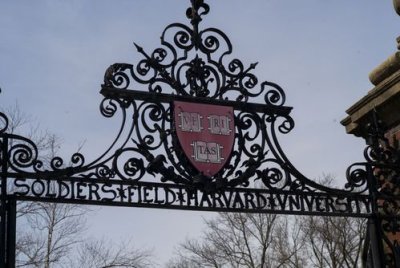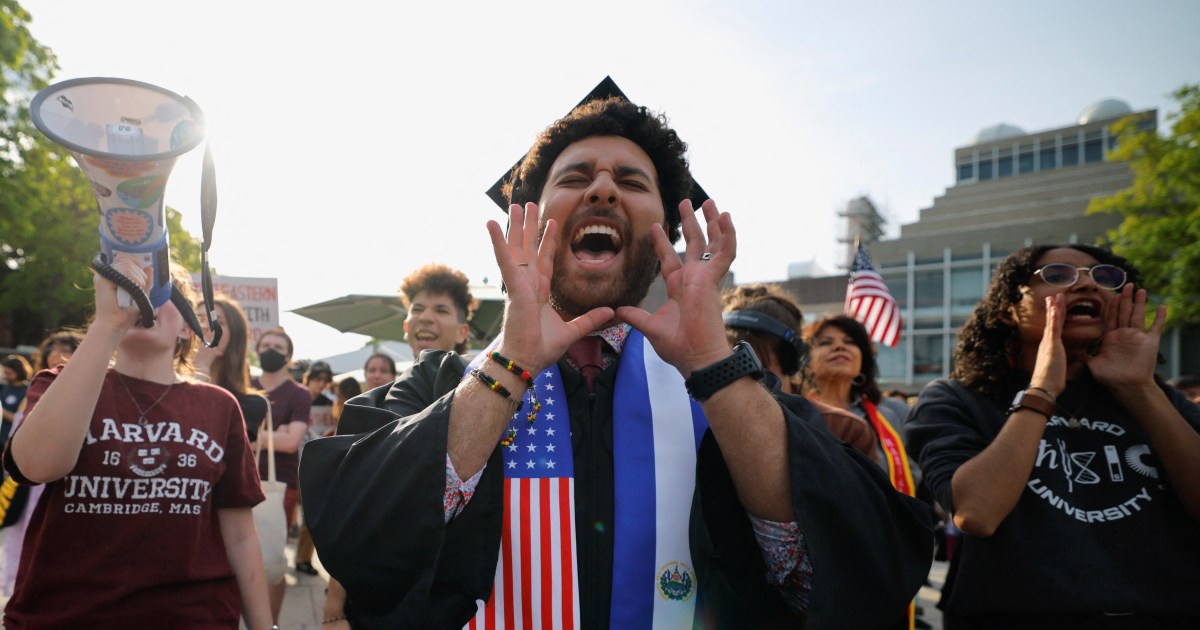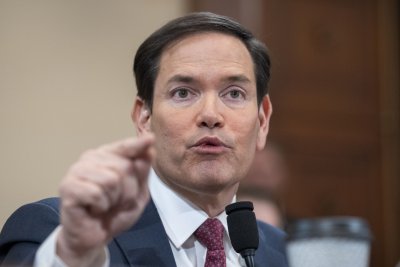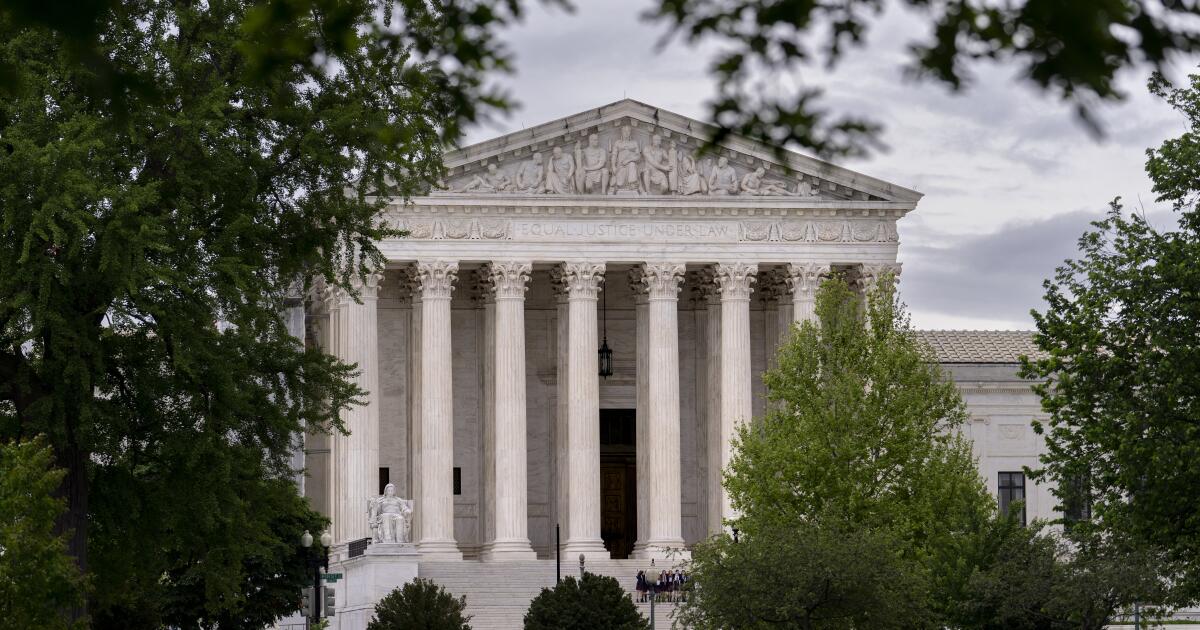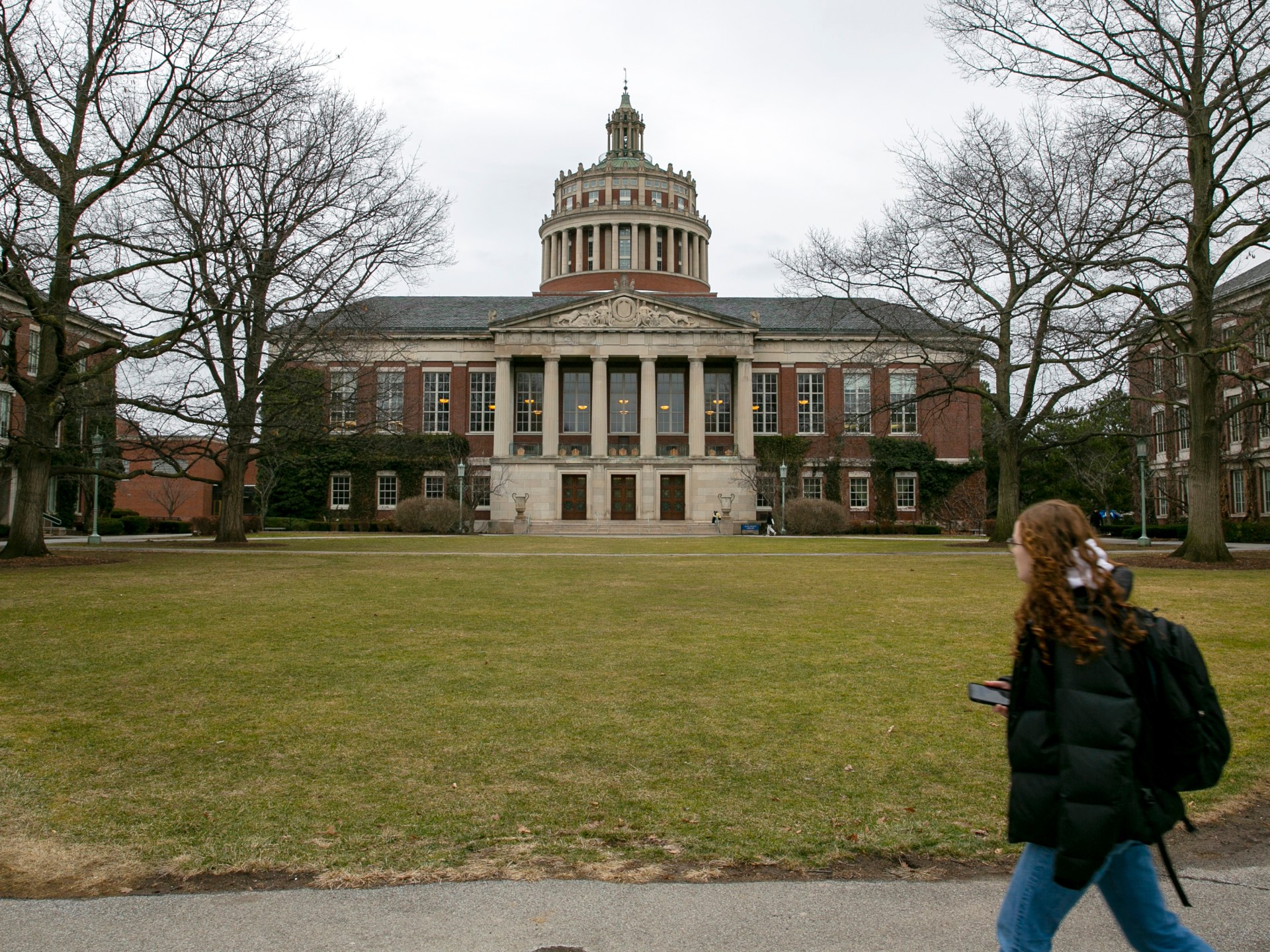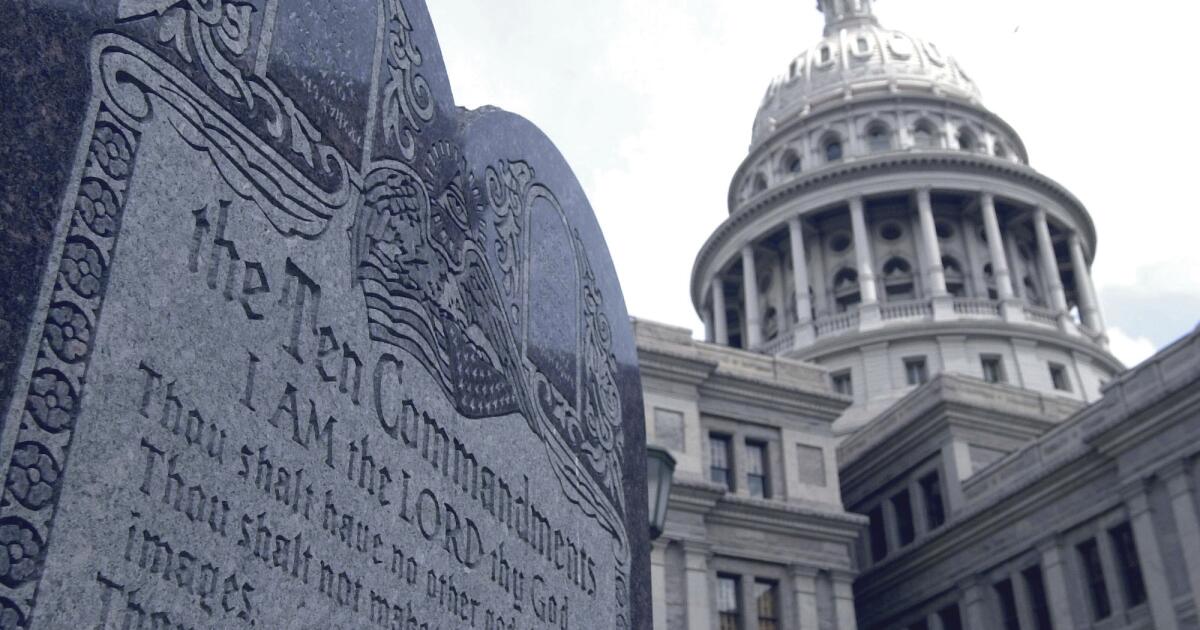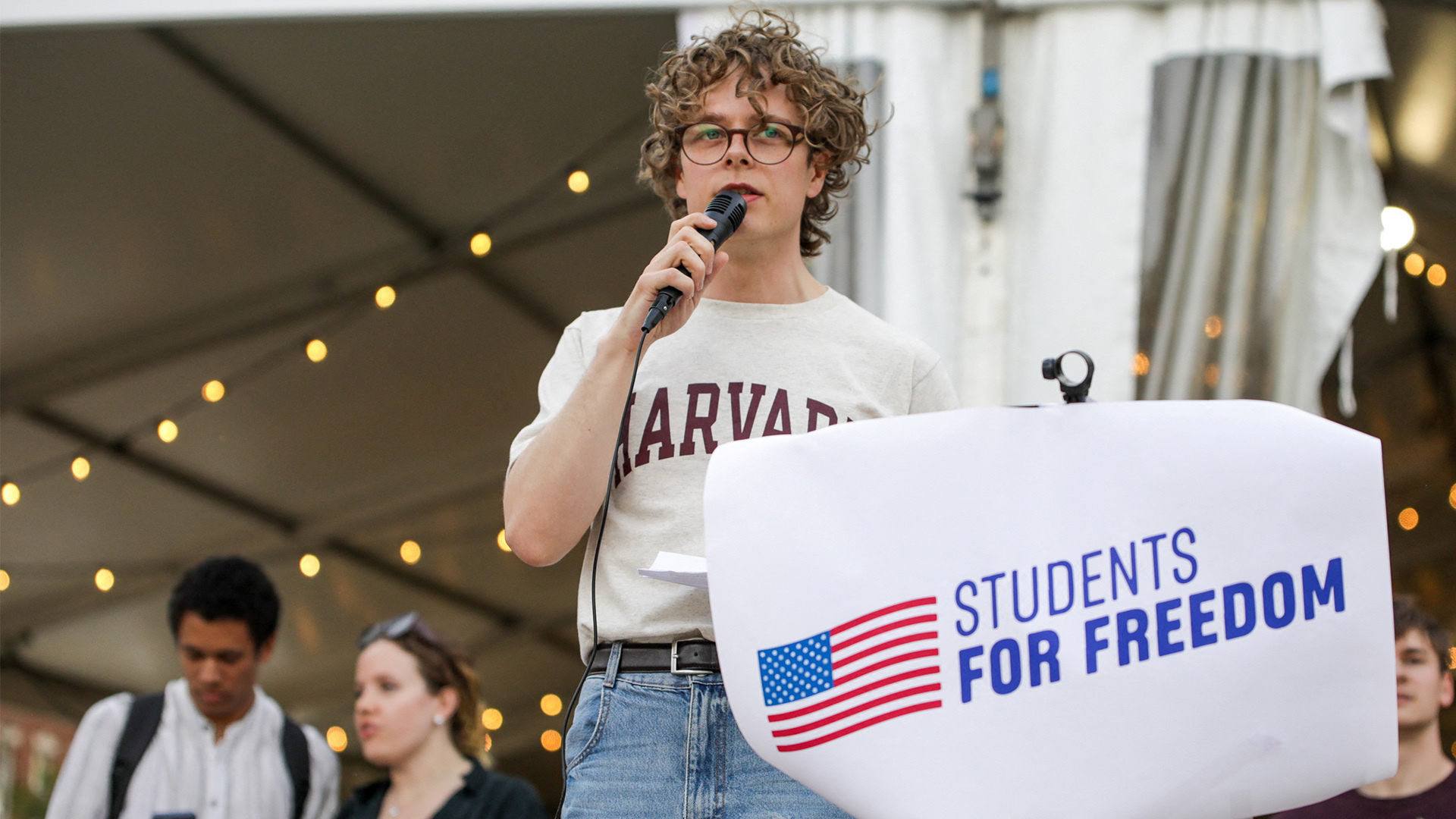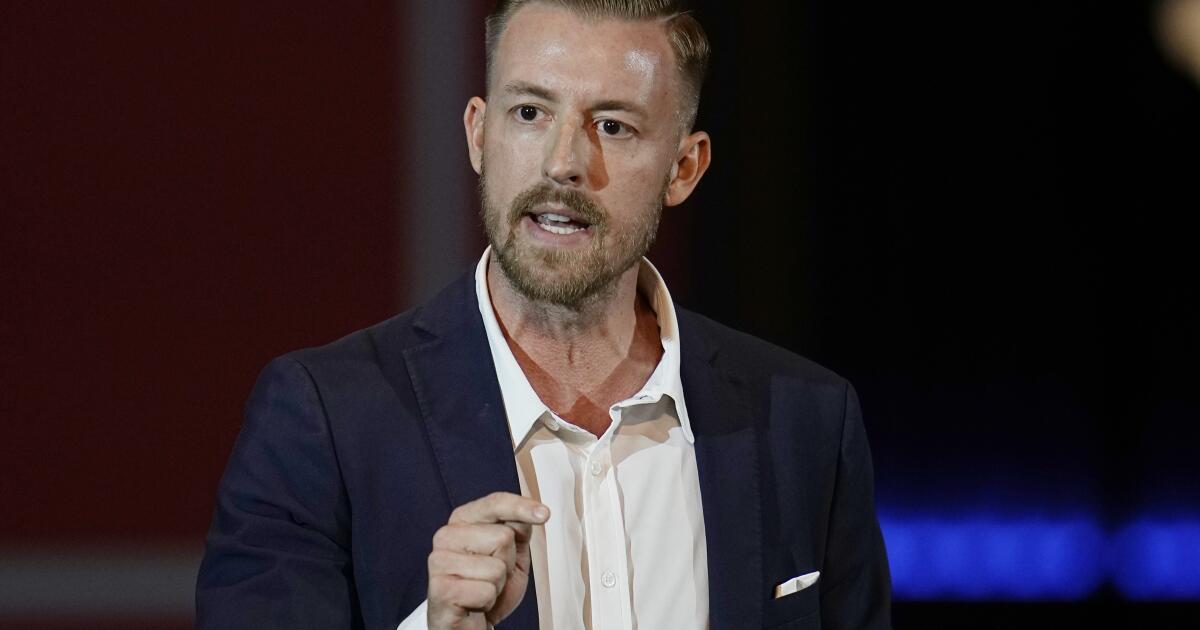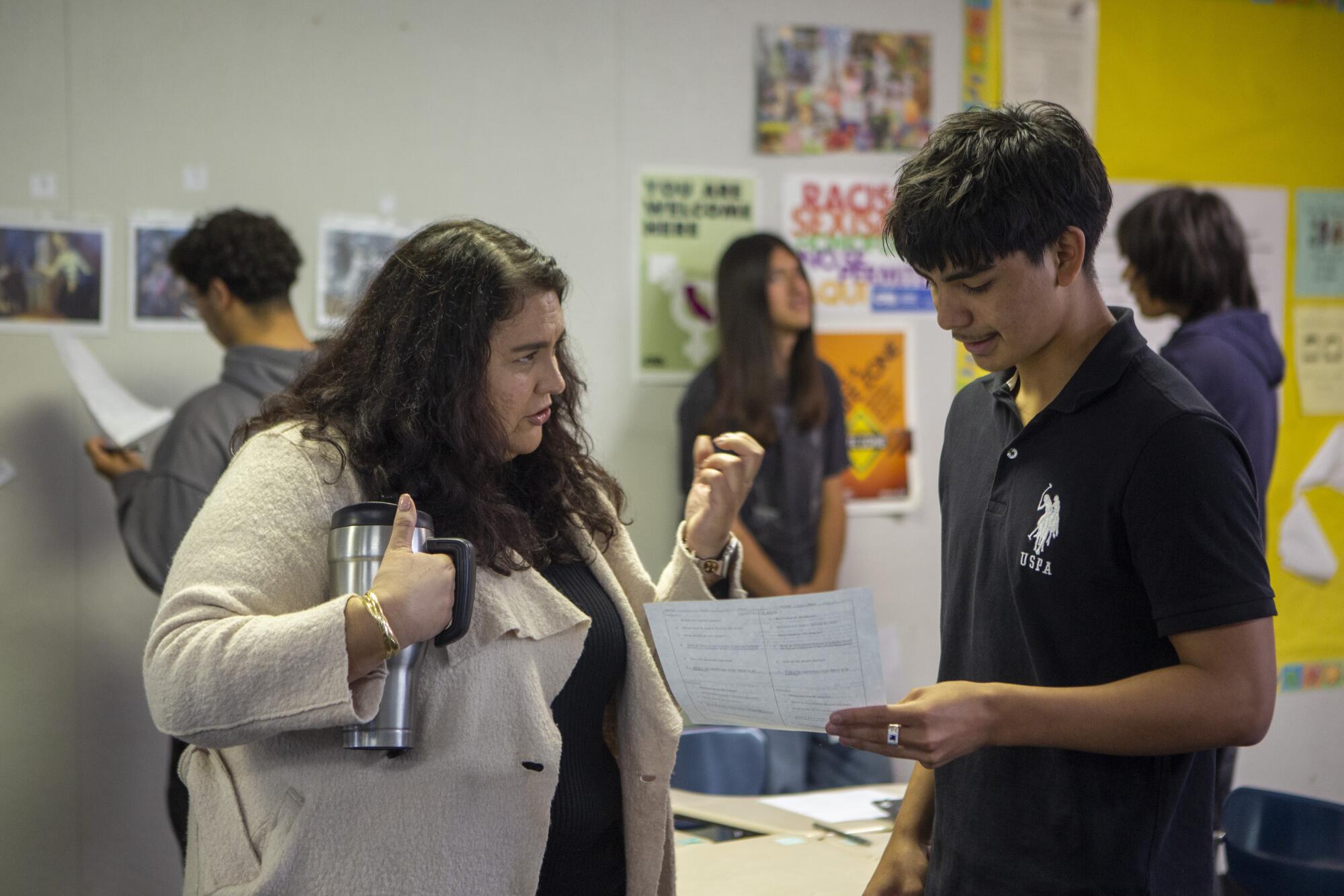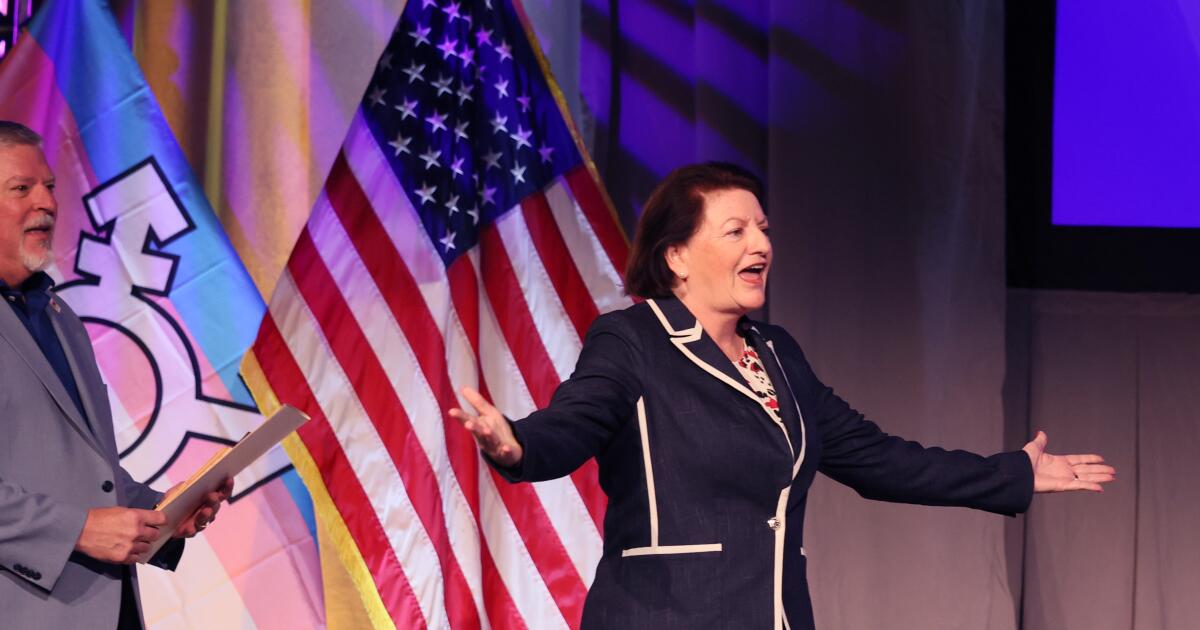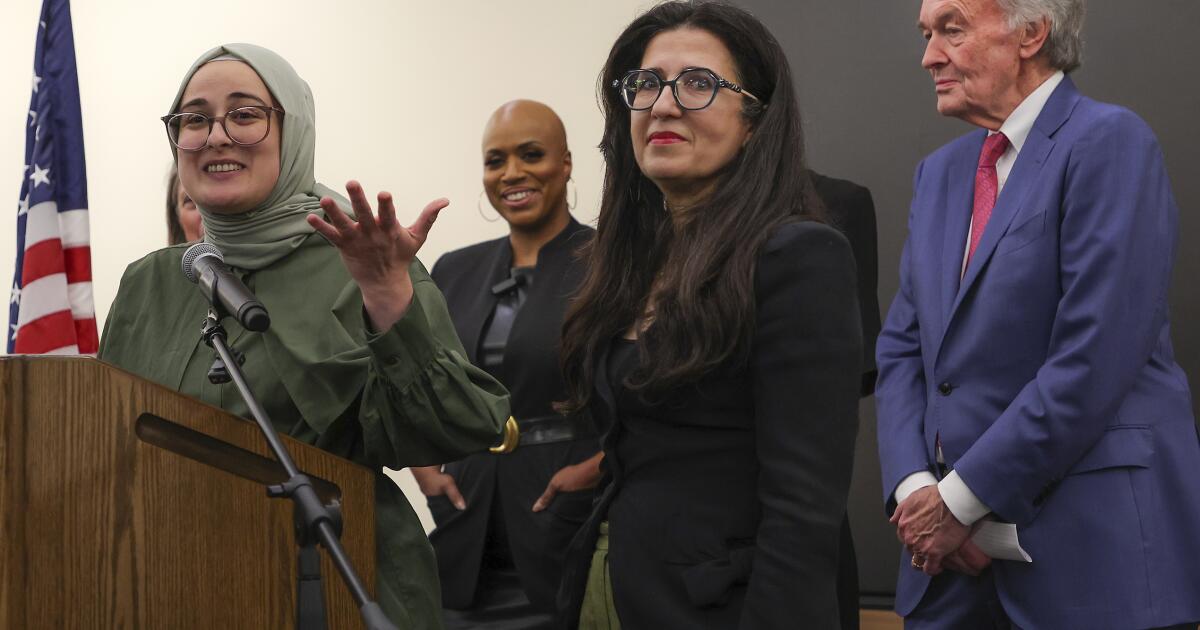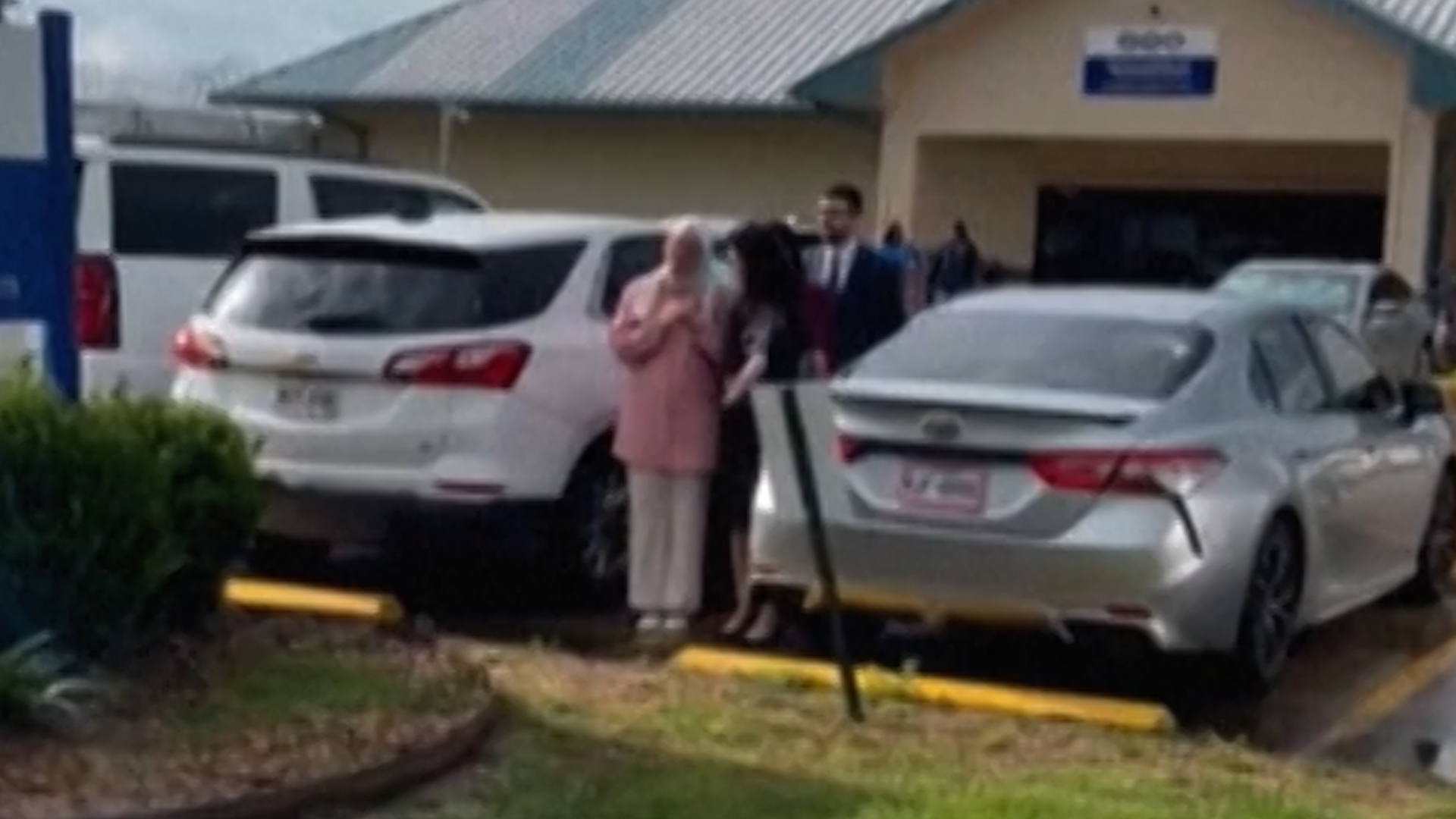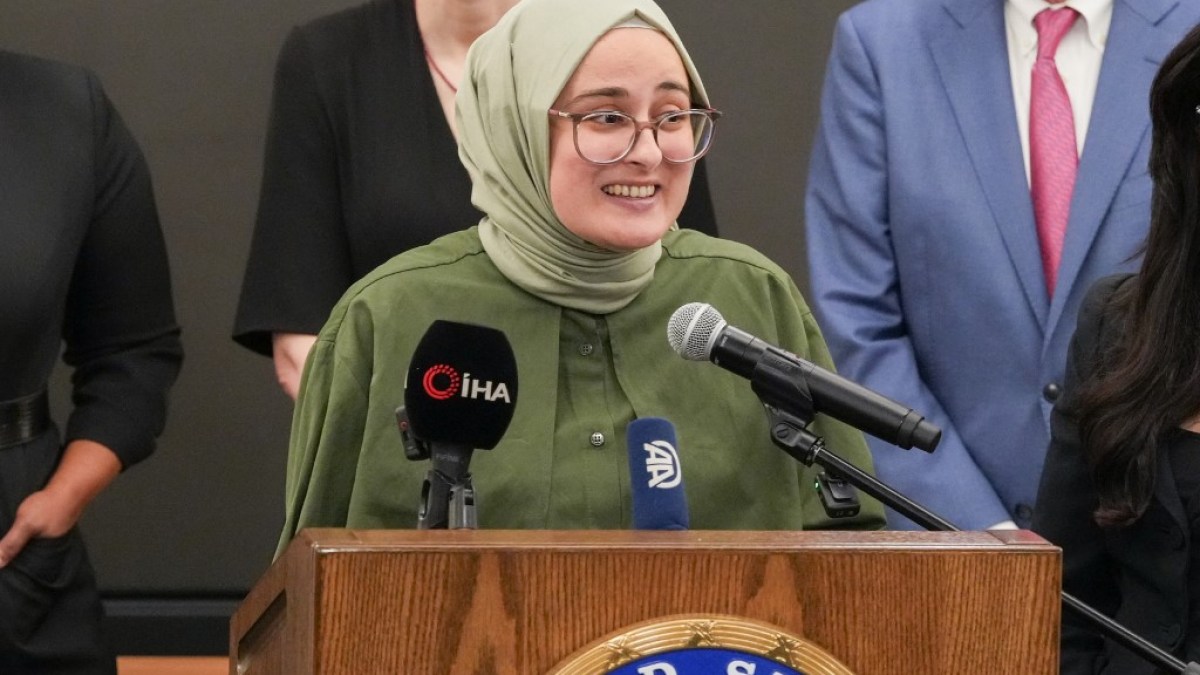Is there a right way to teach kids to read? Inside California’s phonics push
To look inside Julie Celestial’s kindergarten classroom in Long Beach is to peer into the future of reading in California.
During a recent lesson, 25 kindergartners gazed at the whiteboard, trying to sound out the word “bee.” They’re learning the long “e” sound, blending words such as “Pete” and “cheek” — words that they’ll soon be able to read in this lesson’s accompanying book.
Celestial was teaching something new for Long Beach Unified: phonics.
“It’s pretty cool to watch,” she said. “I’m really anticipating that there’s going to be a lot less reluctant readers and struggling readers now that the district has made this shift.”
Engage with our community-funded journalism as we delve into child care, transitional kindergarten, health and other issues affecting children from birth through age 5.
These phonics-based lessons are on the fast track to become law in California under a sweeping bill moving through the Legislature that will mandate how schools teach reading, a rare action in a state that generally emphasizes local school district control over dictating instruction.
Julie Celestial teaches her kindergarten class a literacy lesson at Mark Twain Elementary School in Long Beach.
The bill is the capstone to decades of debate and controversy in California on how best to teach reading amid stubbornly low test scores. Gov. Gavin Newsom has pledged his support, setting aside $200 million to fund teacher training on the new approach in the May revise of his 2025-26 budget proposal.
“It’s a big deal for kids, and it’s a big step forward — a very big one,” said Marshall Tuck, chief executive of EdVoice, an education advocacy nonprofit that has championed the change.
California has long struggled with reading scores below the national average. In 2024, only 29% of California’s fourth-graders scored “proficient” or better in reading on the National Assessment of Educational Progress, or NAEP.
-
Share via
Literacy instruction has been controversial in California for decades, but state legislators may have finally decided on a compromise.
The proposed law, which would take effect in phases beginning in 2026, would require districts to adopt instructional materials based on the “science of reading,” a systemic approach to literacy instruction supported by decades of research about the way young children learn to read, from about transitional kindergarten through third grade.
The science of reading consists of five pillars: phonemic awareness (the sounds that letters make), phonics, reading fluency, vocabulary and comprehension.
“It’s finite. There’s only 26 letters and 44 sounds,” said Leslie Zoroya, who leads an initiative at the Los Angeles County Office of Education that helps districts transition to a science-of-reading approach. “Phonics isn’t forever.”
After a failed effort last year, the bill gained the support this year of the influential California teachers unions and at least one advocacy group for English-language learners. In a compromise, school districts would have more flexibility to select which instructional materials are best for their students and the option to decline teacher training paid for by the state.
Kindergarten student Annika Esser works on a literacy lesson at Mark Twain Elementary School in Long Beach.
For decades, most school districts in California have been devoted to a different approach called “whole language” or “balanced literacy,” built on the belief that children naturally learn to read without being taught how to sound out words. Teachers focus on surrounding children with books intended to foster a love of reading and encourage them to look for clues that help them guess unknown words — such as predicting the next word based on the context of the story, or looking at the pictures — rather than sounding them out.
“The majority of students require a more intentional, explicit and systematic approach,” Zoroya said. “Thousands of kids across California in 10th grade are struggling in content-area classes because they missed phonics.”
Kindergarten student Tyler Madrid raises his hand to answer a question during a literacy lesson at Mark Twain Elementary School in Long Beach.
An extended reading war in California
California embraced the whole language approach to literacy, which took hold in the 1970s and 1980s, said Susan Neuman, a New York University professor who served as assistant secretary of elementary and secondary education under former President George W. Bush. The state became a national leader in what was considered a progressive and holistic approach to teaching literacy, with a focus on discovering the joy of reading, rather than learning specific skills, she said.
Bush then incorporated a phonics-heavy approach in an initiative that was part of his 2002 launch of No Child Left Behind, which increased the federal role in holding schools accountable for academic progress and required standardized testing. States, including California, received grants to teach a science-of-reading approach in high-poverty schools.
But many teachers in the state disliked the more regimented approach, and when the funding ended, districts largely transitioned back to the whole language approach. In the years since, science of reading continues to draw opposition from teachers unions and advocates for dual-language learners.
Many California teachers are passionate about the methods they already use and have chafed at a state-mandated approach to literacy education. Some don’t like what they describe as “drill and kill” phonics lessons that teach letter sounds and decoding.
Advocates for multiple-language learners, meanwhile, vociferously opposed adopting the most structured approach, worried that children who were still learning to speak English would not receive adequate support in language development and comprehension.
A 2022 study of 300 school districts in California found that less than 2% of districts were using curricula viewed as following the science of reading.
But the research has become clear: Looking at the pictures or context of a story to guess a word — as is encouraged in whole language or balanced literacy instruction, leads to struggles with reading. Children best learn to read by starting with foundational skills such as sounding out and decoding words.
“Anything that takes your eyes off the text when a kid is trying to figure out a word activates the wrong side of the brain,” Zoroya said.
Los Angeles County renews focus on phonics
In the last few years, several larger districts in California have started to embrace more structured phonics learning, including Los Angeles Unified, Long Beach Unified and Oakland Unified.
Recently, these districts have started to see improvement in their reading test scores.
Julie Celestial teaches her kindergarten class a literacy lesson at Mark Twain Elementary School in Long Beach.
At Long Beach Unified, for example, the district’s in-house assessment shows significant gains among kindergarten students. In 2023-24, 78% of them met reading standards, up 13 percentage points from the previous school year. Proficiency rates across first and second grade were above 70%, and transitional kindergarten was at 48%. The district’s goal is to hit 85% proficiency across grades by the end of each school year.
In 2019, LAUSD introduced a pilot science-of-reading based curriculum, and adopted it across all schools for the 2023-24 academic year. After the first year, LAUSD reading scores improved in every grade level and across every demographic, chief academic officer Frances Baez said.
From the 2022-23 to the 2023-24 school years, LAUSD’s English Language Arts scores improved by 1.9 percentage points — five times more than the state as a whole, which improved by 0.3, she said.
‘Science of Reading’ makes waves in Lancaster
Teresa Cole, a kindergarten instructor in the Lancaster School District, has been teaching for 25 years. So when Lancaster asked her to try out a new way of teaching her students to read three years ago, she wasn’t thrilled.
“I was hesitant and apprehensive to try it,” she said, but decided to throw herself into a new method that promised results.
Artwork and literacy lessons hang from the ceiling inside Julie Celestial’s kindergarten class at Mark Twain Elementary School in Long Beach.
Teaching kindergarten is a challenge, she said, because children come in at vastly different stages. Many are just learning to hold a pencil; others can already read. She was seeing many children under “balanced literacy” lessons slip through the cracks — especially those with limited vocabularies. When she asked them to read words they didn’t know, “it almost felt like they were guessing.”
But as she began to teach a phonics lesson each morning and have them read decodable books — which have children practice the new sound they’ve learned — she noticed that her students were putting together the information much faster and starting to sound out words. “The results were immediate,” she said. “We were blown away.”
She was so impressed with the new curriculum that she started training other teachers in the district to use it as well.
Looking back at her old method of teaching reading, “I feel bad. I feel like maybe I wasn’t the best teacher back then,” Cole said. Part of the change, she said, was learning about the science behind how children learn to read. “I would never say to guess [a word] anymore,” she said.
This kind of buy-in and enthusiasm from teachers has been key to making the new curriculum work, said Krista Thomsen, Lancaster’s director of Curriculum, Instruction and Assessment Department. In schools where the teachers are implementing the program well, scores have started to rise. “But it’s a steep learning curve,” she said, especially for teachers who have long taught a balanced literacy approach.
“We are stumbling through this process trying to get it right and making sure that every one of our kids has equitable access to learning how to read,”Thomsen said. “But we have every faith and every intention, and the plan is in place to get it where it should be going.”
A compromise may bring more phonics to the classroom
Kindergarten student Lauren Van De Kreeke answers a question from teacher Julie Celestial as they work on a literacy lesson at Mark Twain Elementary School in Long Beach.
A bill introduced by Assemblymember Blanca E. Rubio (D-Baldwin Park) last year requiring a science-of-reading approach in California public schools did not even get a first hearing. This year, Rubio introduced another version — Assembly Bill 1121 — that would have required teachers to be trained in a science-of-reading approach.
Opponents included the California Teachers Assn. and English-language learner advocates, who said in a joint letter that the bill would put a “disproportionate emphasis on phonics,” and would not focus on the skills needed by students learning English as a second language.
The groups also voiced concern that the bill would cut teachers out of the curriculum-selection process and that mandated training “undermines educators’ professional expertise and autonomy to respond to the specific learning needs of their students.”
Martha Hernandez, executive director of Californians Together, said the group opposed both bills because they were too narrow in their focus on skills such as phonics. “They’re essential. But English learners need more, right?” she said. “They don’t understand the language that they’re learning to read.”
Rubio said she was shocked by the pushback. “I was thinking it was a no-brainer. It’s about kids. This is evidence-based.” Rubio, a longtime teacher, was born in Mexico, and was herself an English-language learner in California public schools.
In 2024, just 19% of Latino students and 7% of Black students scored at or above “proficient” on the fourth-grade NAEP reading test.
But with the support of Democratic Assembly Speaker Robert Rivas (D-Hollister), the groups reached a compromise that not all teachers would be required to participate in the teacher training.
Hernandez said she was pleased that the compromise included more of an emphasis on oral language development and comprehension, which is vital for multi-language learners to succeed.
AB1454 requires the State Board of Education to come up with a new list of recommended materials that all follow science of reading principles. If a district chooses materials not on the list, they have to vouch that it also complies. The state will provide funds for professional development, though districts can choose whether to accept it.
This article is part of The Times’ early childhood education initiative, focusing on the learning and development of California children from birth to age 5. For more information about the initiative and its philanthropic funders, go to latimes.com/earlyed.
